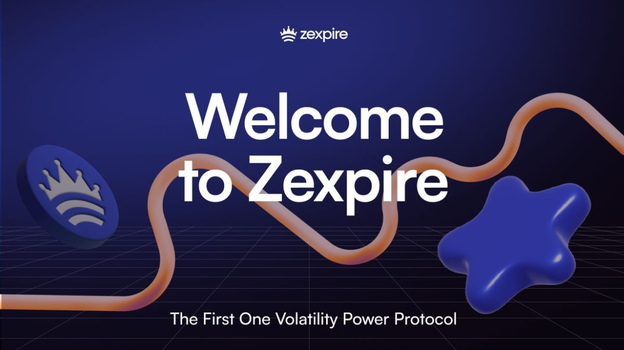
The post Lower-cap plays like Zexpire and Pi Network draw investor appetite; LINK and SUI anchor the utility narrative appeared first on Coinpedia Fintech News
Investor attention is tilting toward lower-cap digital assets, with Zexpire and Pi Network registering brisk demand after a stretch of subdued market volumes. Both projects, priced well below the sector’s headline tokens, combine low entry costs with narratives centered on decentralized identity and mobile-first participation, themes that appeal to retail traders hunting for outsized upside.
Alongside this speculative push, utility-driven networks are firming up their positions. Chainlink’s LINK token continues to cement its role in data oracles through new integrations, while Sui’s SUI token is drawing developers and users to a high-throughput layer-1 framework that hosts an expanding roster of applications. These two mainstays provide a functional ballast to market sentiment even as capital rotates into emerging names.

Zexpire is turning heads as its $ZX token launches at just $0.003, giving early investors a ground-floor entry before the listing price of $0.025 — nearly 800% upside.
Crypto analysts are watching closely — options trading is one of DeFi’s fastest-growing segments, with $3B in daily volume and rising.
Zexpire is a 0DTE DeFi protocol, making options as simple as a one-click daily prediction game. It is also the first platform that lets traders earn directly from crypto volatility.
Instead of betting on direction, users face a simple daily choice: will Bitcoin stay within range, or break out? Losses are capped, no margin calls, no liquidations — just a one-click, fixed-risk way to turn volatility into profit. And every play requires $ZX, so the demand for the token is built in from day one.
Early buyers get the best price and unlock:
To keep long-term value climbing, Zexpire has built in a deflationary model: 20% of fees are burned, buybacks support price, and multi-chain availability (Base, Solana, TON, Tron) makes adoption seamless.
Each funding stage increases the price — the earliest buyers capture the steepest discount. $ZX at $0.003 won’t last.
Buy $ZX Now for the Steepest Discount
Imagine earning digital money by tapping your phone once a day. Since 2019, Pi Network, built by Stanford graduates, has let millions of people do just that. The app needs no fancy gear, no loud fans, and barely sips your battery. Instead of the power-hungry math that drives Bitcoin, Pi leans on a light consensus method first used by Stellar.
You prove you are real by nominating three to five friends you trust; their circles link to yours, weaving a global safety net that keeps fraud out and records secure. Pioneers gain coins for showing up, inviting honest users, and, if they wish, running a full node on a computer. The project is now in a closed Mainnet stage, so coins stay inside until every member passes an in-app ID check.
When the network opens, Pi could plug into shops, games, and other chains without a hitch. Green power, social roots, and a huge mobile base echo today’s market mood, which favors low-impact, community-first tokens over brute-force proof-of-work giants. If those trends hold, Pi’s mix of ease, scale, and planned openness makes it a coin worth watching in the next cycle.
Chainlink is a network that brings outside facts into blockchain apps. It does this with “oracles,” small data bridges run by many independent operators. Because there are many bridges, no single fault can break the flow of information. LINK is the token that powers this system. Builders pay nodes in LINK, and node operators lock up LINK to prove they will act honestly. Created in 2017, the project now serves most of the large apps in decentralized finance, gaming, and insurance.
Unlike coins that focus only on payments, LINK fills a unique need: it makes smart contracts aware of weather, sports scores, or stock moves. The wider crypto market is gathering steam, helped by fresh interest from large funds and the steady rise of app activity. As more teams search for reliable data, Chainlink’s proven tools and growing list of partners make it stand out. Clear use, active development, and a leader’s share of the oracle space give LINK strong appeal in this cycle and beyond.
Investor funds continue to shift toward fresh names. PI, LINK and SUI look good on the utility front, each adding clear use cases and drawing steady user traffic. Their steady buildout supports the view that real function, not size, will set the pace for the next phase of market growth.
Zexpire stands apart. It is the first DeFi platform that turns volatility into a profit chance. Users skip price bets and make one click to say if Bitcoin stays in range or breaks out today. Losses stay capped, no liquidations, no calls — only a simple path to earn from market swings. Each play runs on $ZX, the native token. Buying $ZX now means early entry into a coin with built-in demand, fee cuts, and buybacks that reward the earliest buyers. Zexpire represents a promising opportunity too.
Get more information about Zexpire ($ZX) here: